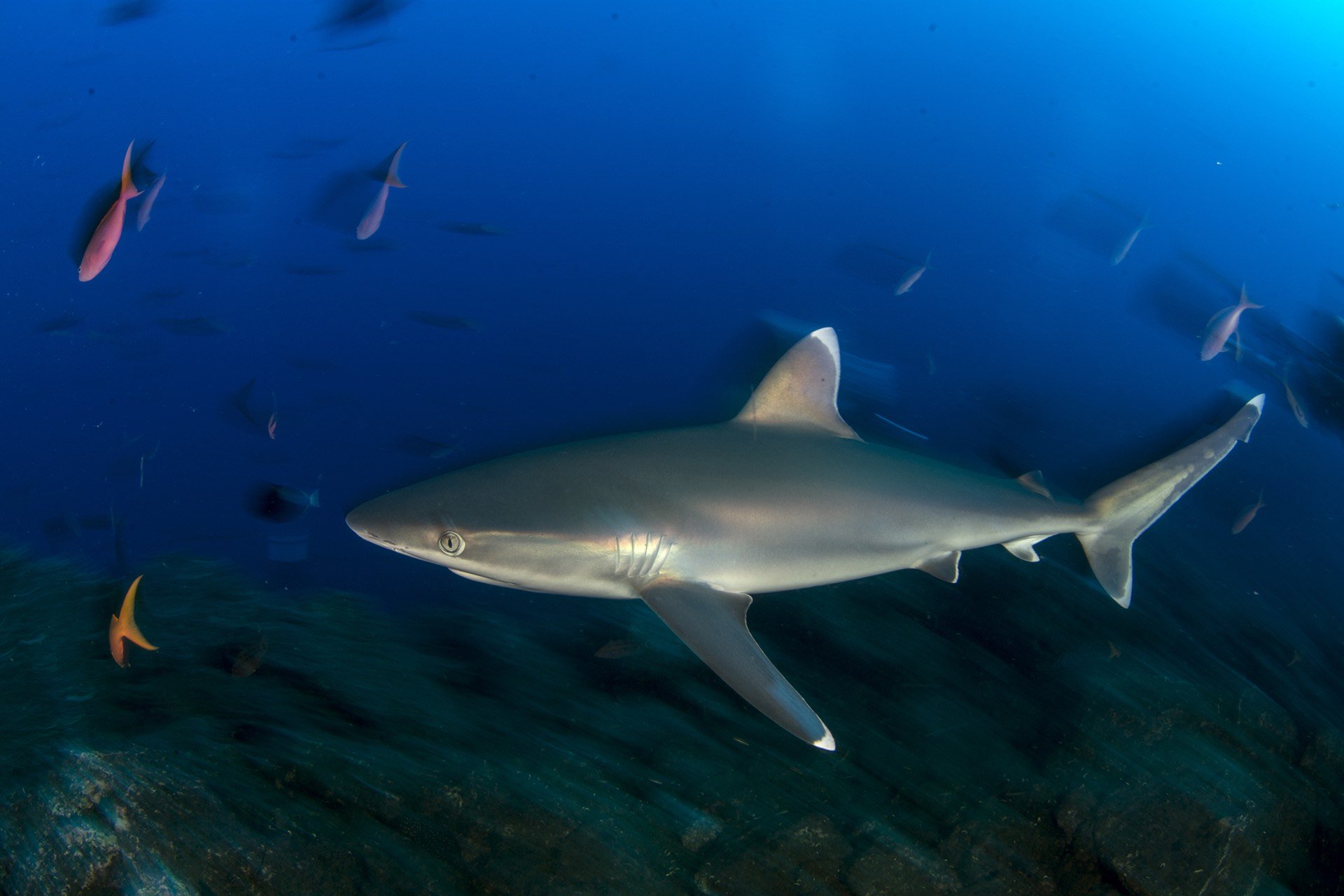Do marine protected areas influence mercury exposure? Insights from a shark community in the tropical Northeast Pacific
Photo credit: © Luis Javier Sandoval
Do marine protected areas influence mercury exposure? Insights from a shark community in the tropical Northeast Pacific
Gaël Le Croizier | Anne Lorrain | Mauricio Hoyos-Padilla | James T. Ketchum | Felipe Amezcua-Martínez | François Le Loc'h | Jean-Marie Munaron | Gauthier Schaal | David Point
Environmental Pollution, 122352 (August 2023)
DOI: https://doi.org/10.1016/j.envpol.2023.122352
Abstract
Biomass depletion caused by overfishing is likely to alter the structure of food webs and impact mercury transfer to marine predators. Although marine protected areas (MPAs) are spared from fishing pressure, their influence on biota mercury levels is poorly understood. Here, we used carbon and nitrogen stable isotope compositions as well as mercury concentrations in fin clips to characterize foraging habitat and mercury exposure of a shark community composed of migratory and resident species of the Revillagigedo archipelago, an offshore MPA in the Northeast Pacific off Mexico. We found that the probability of finding migratory sharks in the isotopic niche of Revillagigedo-resident sharks was low, likely reflecting the use of habitats outside the archipelago by highly mobile species. Community-wide variations in mercury were primarily explained by shark length, revealing that bioaccumulation was the main driver of Hg concentrations. We failed to detect a clear effect of foraging habitat on shark mercury exposure, which may be related to migratory species using both exploited and protected areas when moving outside the Revillagigedo MPA. More similar studies on the potential mitigation of Hg contamination by MPAs are needed in the future if fishing pressure increases to satisfy the growing global human population.
Keywords: Stable Isotopes, Mercury, Food webs, Marine Protected Areas, Revillagigedo

